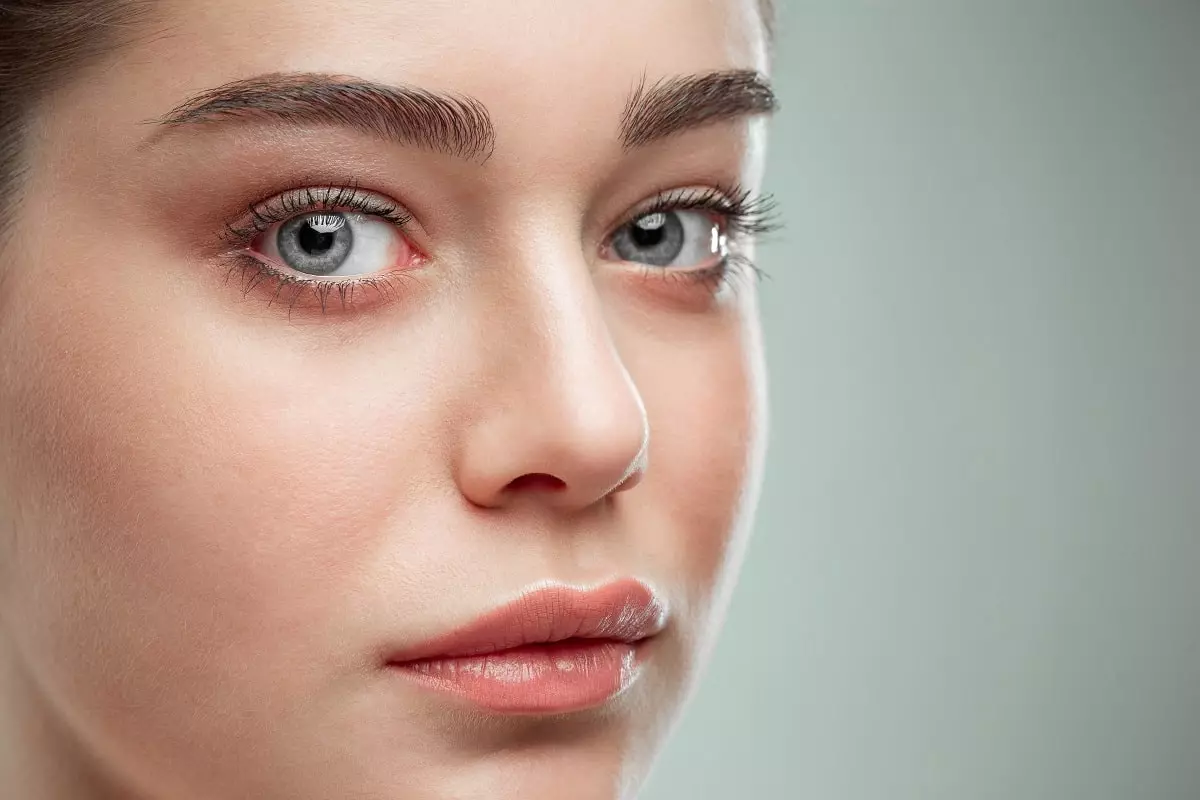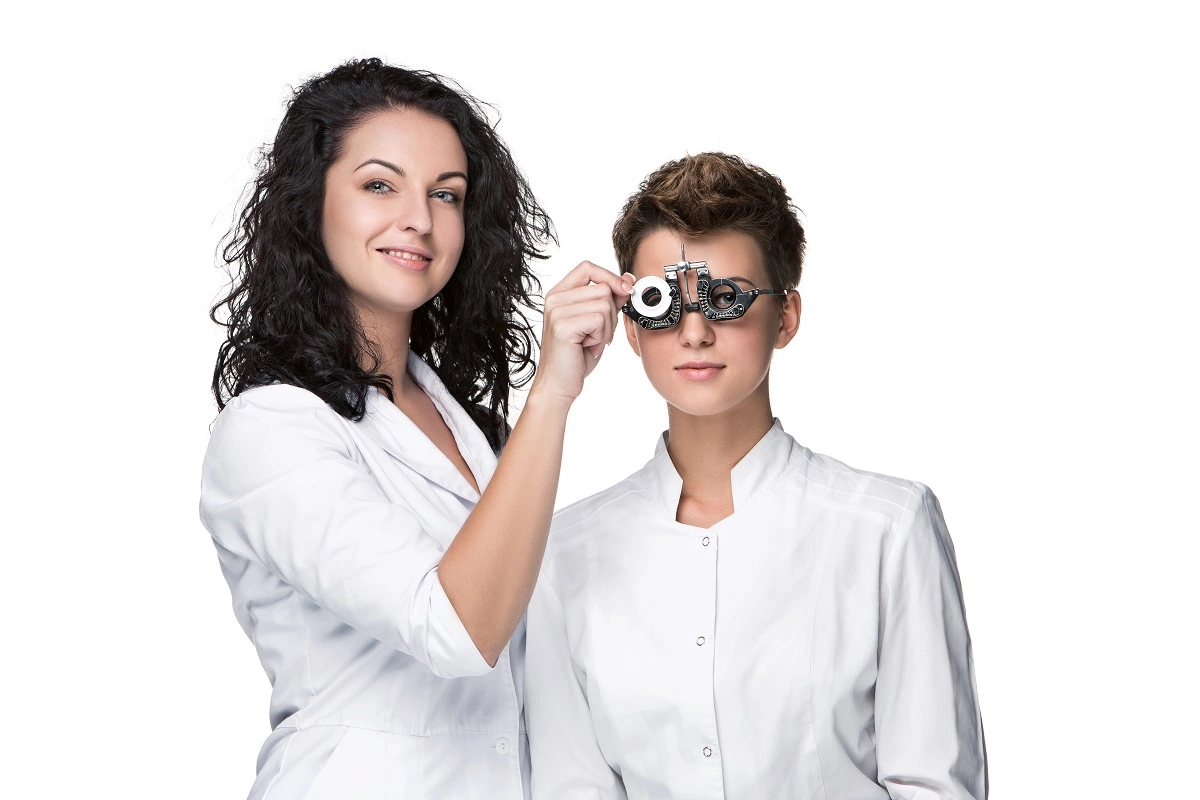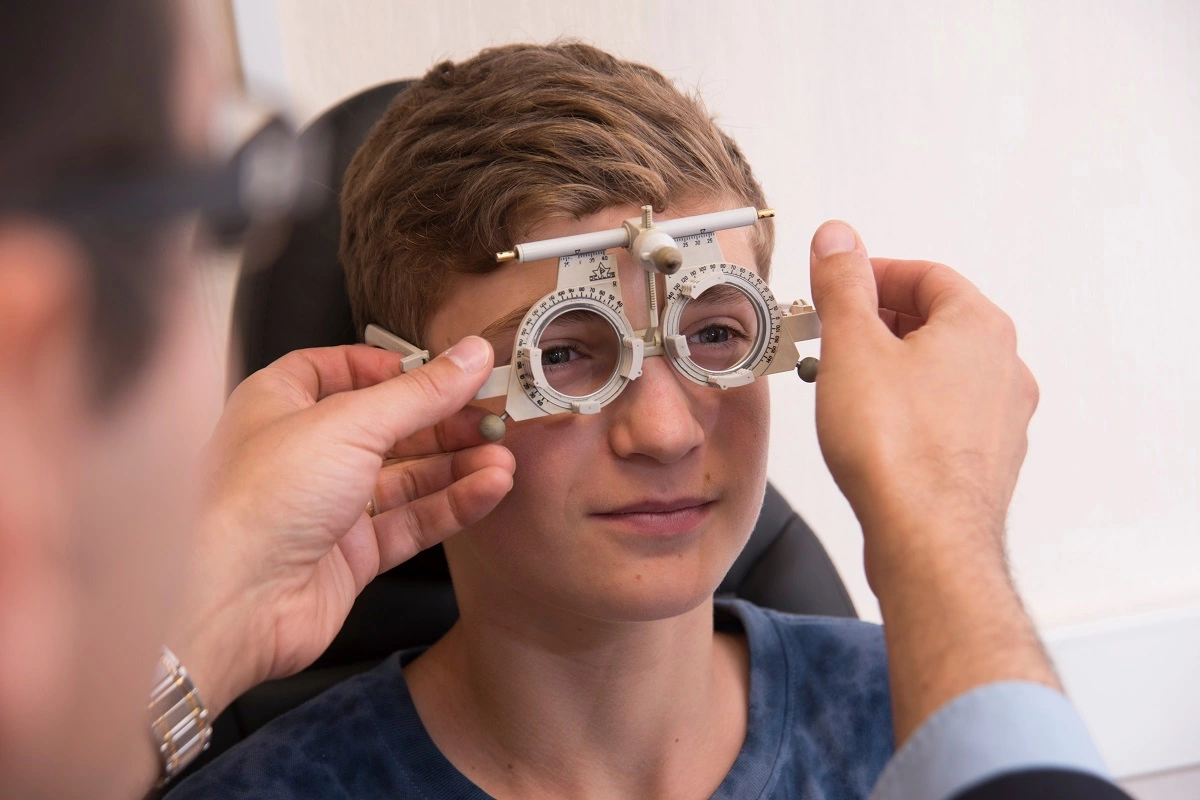What is Glaucoma?
Glaucoma is a progressive eye disease that creates changes in the optic nerve with subsequent changes in the visual field. The most common symptom of the disease is increased eye pressure. Glaucoma is one of the main signs of blindness. This disease is most often found in people after 35 years of age. Nevertheless, if glaucoma is detected in time, its further development can almost always be stopped.
How is Glaucoma Diagnosed?
During an eye exam, the doctor measures Intraocular Pressure, which is part of the process for determining Glaucoma. The doctor uses an instrument called an ophthalmoscope to examine the optic nerve. Also, peripheral vision is checked and other necessary examinations are carried out.

Sometimes the patient has an intraocular pressure higher than normal, but there are no other Signs of Glaucoma. There are patients in whom increased intraocular pressure does not cause Loss of vision.
Factors contributing to the onset of Glaucoma can be heredity, as well as diseases such as diabetes and narrowing of the arteries.
Taking all these factors into account, the eye doctor decides whether the patient needs immediate treatment or whether the patient will be registered for suspected glaucoma.
Who is at Risk for Glaucoma?
- people over 50-70 years old, even without any eye complaints. The fact is that glaucoma most often does not manifest itself clinically at the initial stages of the disease;
- people over 40 who have:
- Intraocular pressure is in the upper limit of the norm (≥24 mm Hg);
- the difference between the eye IOP is more than 3 mm Hg. Art .;
- people with a high degree of myopia (more than 6.0 diopters) after 40-50 years, with a high degree of hyperopia (especially women after 50 years);
- people with low (relative to age norm) Blood Pressure;
- people with diabetes mellitus, endocrine, nervous and Cardiovascular diseases;
- people who have suffered eye injuries, inflammatory diseases (uveitis, iridocyclitis, etc.) of the eyes, eye surgery;
- relatives (including distant ones) of patients with Glaucoma;
- people undergoing a long course of treatment with hormonal drugs.
Glaucoma can occur at any age, but most often it develops in the elderly.
Types of Glaucoma
Distinguish between congenital glaucoma, juvenile glaucoma (juvenile Glaucoma, or Glaucoma of young age), primary glaucoma in adults and secondary glaucoma.
- Acute Glaucoma
- Chronic Glaucoma
Acute Glaucoma
Glaucoma is one of the main Eye diseases that cause blindness-acute and chronic. The patients are mostly elderly. Both types of glaucoma are serious diseases. If it is not treated early, it will eventually lead to blindness.
Symptoms of Acute Glaucoma
Acute Glaucoma more Obvious Symptoms, such as blurred vision,headache ,nausea, vomiting and a rainbow-like aperture in the field of view, such as a mist in front of the eyes a blur, edema. If the patient is a baby, they may be photo phobic and tearful. This phenomenon only occurs for a short period of time at first, and the time of onset is prolonged. Unless this situation is controlled, the patient may become blind for a short time.
Cause of Acute Glaucoma
The cause is mainly due to the obstruction of the drainage system called aqueous humor in the eye, which increases the hydraulic pressure in the inner eye and causes damage to the optic nerve. Aqueous humor is a clear and transparent liquid that usually flows continuously in the inner eye.
Once the flow of aqueous humor in the inner eye is blocked, the hydraulic pressure in the inner eye will increase and cause damage to the optic nerve. Other conditions, including injuries, medications, bleeding, tumors, and inflammation, have sometimes blocked the drainage channels of the eyes, increasing intraocular pressure.
Discretion: should not handle, an ophthalmologist should seek treatment.
Acute Glaucoma Treatment
Usually the damage caused by glaucoma cannot be recovered, so if you notice severe eye pain and blurred vision, you must immediately consult a doctor. Eye drops, medications, and surgery are used to prevent the injury from proceeding, while preserving the remaining vision. Patients with glaucoma must use eye drops or medications according to the doctor’s instructions, through the drugs to increase the discharge of aqueous humor or reduce the production of aqueous humor to achieve the purpose of reducing intraocular pressure.
Prevention Of Acute Glaucoma
There is no special prevention method.
Chronic Glaucoma
Glaucoma is one of the main eye diseases that cause blindness-it is divided into acute and chronic. The patients are mostly elderly. Both types of glaucoma are serious diseases. If it is not treated early, it will eventually lead to blindness.
Symptoms of Chronic Glaucoma
Chronic Glaucoma have virtually no visible symptoms only recognized from the periodic eye exams.
Causes of Chronic Glaucoma
There is a drainage pipe along the inner edge of the iris. As the age increases, some small sediments slowly accumulate, making the pipe narrow. These local obstructions will slowly increase intraocular pressure, which is commonly known as chronic glaucoma. Most adult glaucoma patients belong to this type. Because chronic open glaucoma develops slowly and asymptomatically, the patient is usually not alert and severely damages the optic nerve.
Discretion should not be themselves.
Chronic Glaucoma Treatment
Ophthalmologist will use special eye drops to help patients minus the IOP. Surgery is more likely to be done when necessary.
Buy Careprost, Lumigan Eye Drops, Super Lash, Latanoprost Eye Drops and Bimat Eye Drop may be a powerful medication that’s utilized in the treatment of eye-related problems like increased fluid pressure i.e. intraocular hypertension. it’s also very beneficial within the treatment of chronic glaucoma and progressive condition that involves eyesight and gradually damages the attention within the long term.
Prevention Of Chronic Glaucoma
- Regular visual inspections can detect eye diseases early. Those over 35 years old should be checked for glaucoma every 2 or 3 years.
- Patients with glaucoma must be checked regularly to make sure that the eye drops or drugs have not caused side effects to the patient.
- If vision loss or recurrent pain occurs, you should seek help from an ophthalmologist. As long as there is immediate treatment, intraocular pressure can be controlled.











